As they begin kindergarten, most children are transitioning from the audio storytelling phase of preschool and are beginning to apply some early emergent writing skills. These students are eager to “write” and tell what they know, but often need support as well as help identifying topics to write about.
One important way to increase young children’s understanding and motivation for producing written language is by making them proud authors based on their current developmental stage, then step by step build upon that. The WriteReader learning tool is built for exactly that purpose.
This blog post provides:
- a definition of the early emergent writing stage for children 4-5 years old (understanding that varies from child to child)
- ideas and strategies to support young children’s growing literacy skills and motivation
- ways to support young learners’ book creation by using WriteReader templates
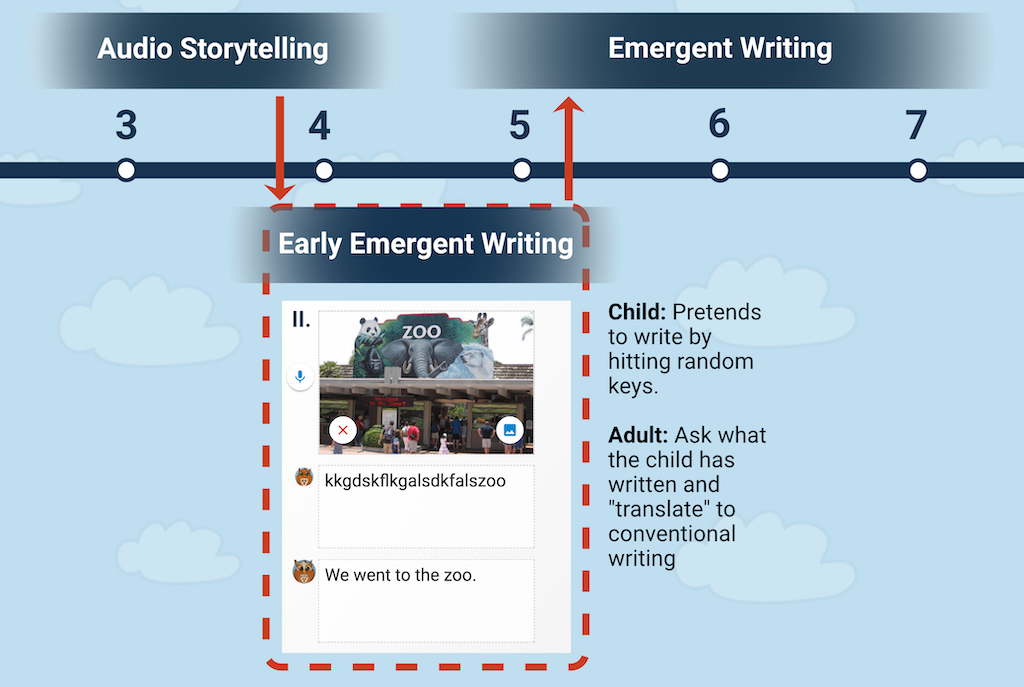
Early Emergent Writing
The first writing stage is characterized by “scribbling” on paper, or where children pretend that they are writing by hitting random keys on the keyboard when using a digital tool. Writing at this stage will often be long rows of letters without spaces. When asked, students will tell you what the scribbles “say”, though there is often no connection between the scribbles and actual letter sounds or words.
This stage also includes “logographic” writing, which uses words that are easily recognizable because the child has seen it many times (e.g. the child’s name and text logos like LEGO, M&M’s, and McDonald’s).
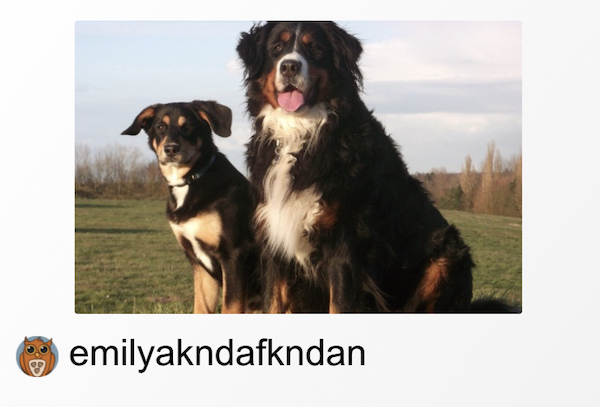
Support Suggestions
WriteReader includes a key & letter sounds functions that provides audio support for the letter names. This support helps young writers make the connection between the letter and its name while they “scribble” or write in their book and helps reinforce the letter name-letter sound connections being taught in kindergarten. Toggle the key sounds & letter sounds ON to provide this support for your early emergent writers.
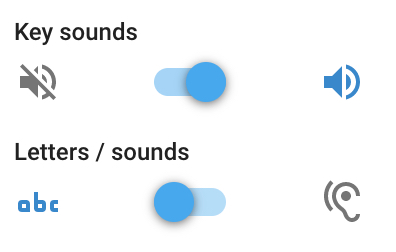
Teachers should also continue to add conventional writing in the educator text field, such as in the example below.
This strategy gives young writers the opportunity to see the spelling of familiar words, as well as reinforces high frequency words such as a, I, me, you, and, is and the. Students may ask how to spell certain words, and this is a great opportunity to have conversations about letters and the sounds they make. It’s important to let the students feel confident and successful in their writing at this stage. Avoid trying to “correct” their spelling, instead utilize the adult writing field as a Word Bank to show children how to spell particular words. This allows this space to become a tool to support them, and students will begin to recognize that each letter they type makes a sound.
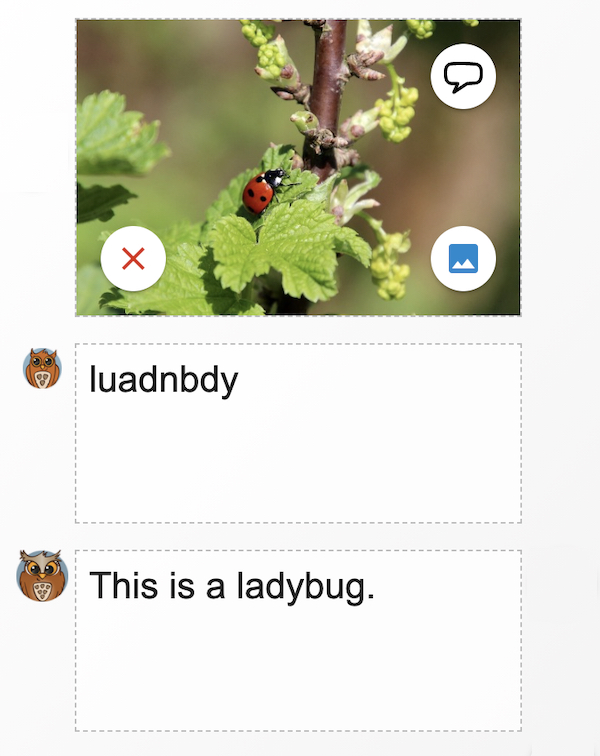
Audio Recording
Encourage students to use the microphone to record themselves reading the words they wrote. This is a fantastic way for adults to understand what the students were meaning to write, as well as a great way for young students to be able to “read” each other’s books by listening to the stories. Here is an example from Riley, a kindergartner.
Book Templates
Kindergarten writers often need support in structuring their stories and sentences. Teachers can use templates in WriteReader to provide sentence starters and writing inspiration to help early emergent writers begin their stories.
It’s simple to create a book template in WriteReader by creating your book, then simply toggling the template feature ON so students can access it. When students click the + to begin a book, they will see the template as an option.

Here’s an example of a simple “I Love” book template. Providing the theme helped students easily find things to write about, and adding the “I love ” sentence frame to each page allowed students to focus only on adding one word or image.
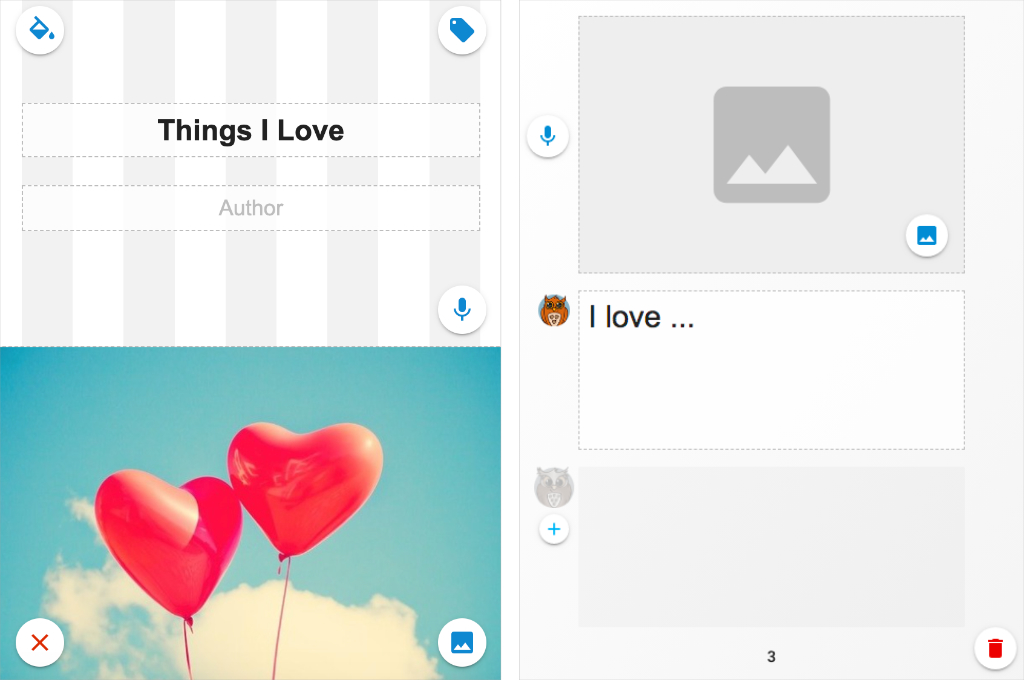
You can also access the WriteReader template library to find templates already created and easily share with your students. Simply open the Template library tab, search by grade level and/or subject and click “Use”.
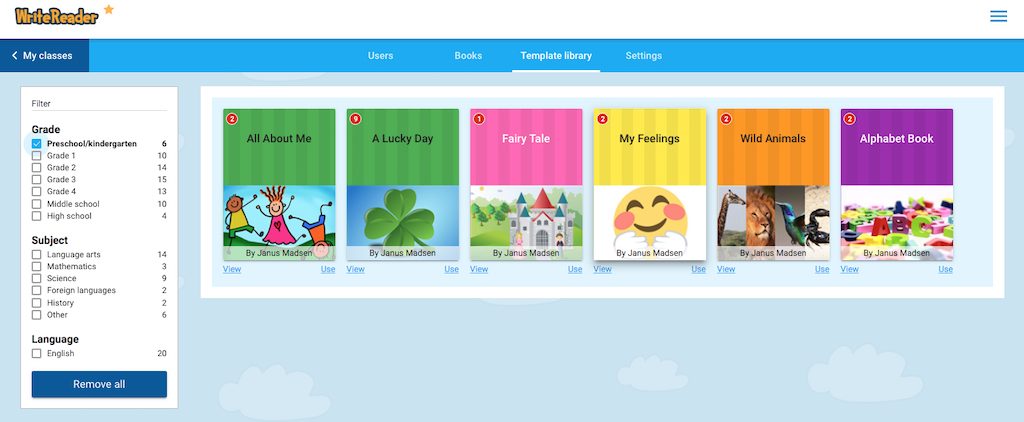
Teachers can also edit and adapt any of the WriteReader book templates to fit the needs of their own classrooms and students. Consider using the feedback tool to provide support and instructions that students can listen to using the audio feature.
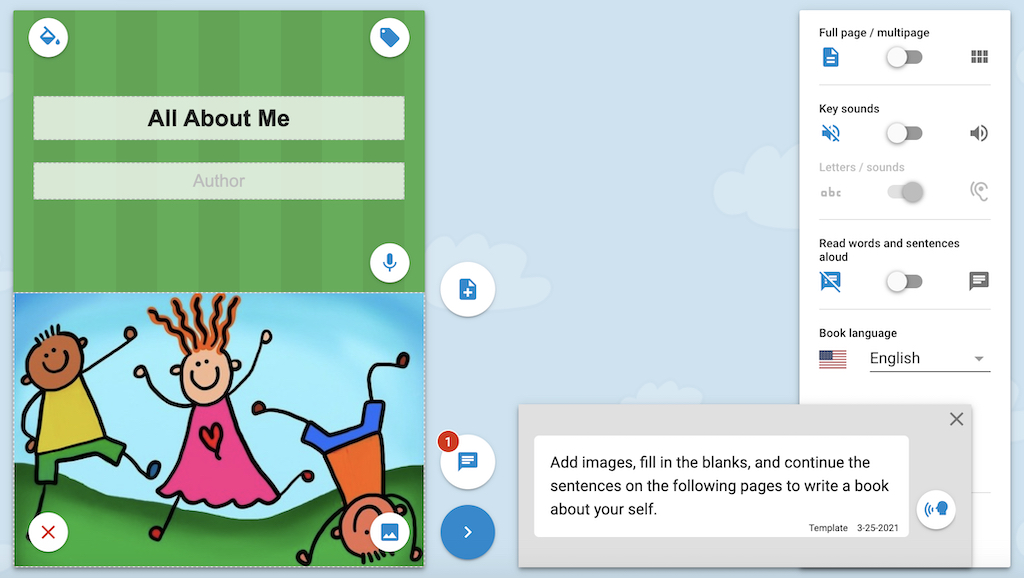
We hope this post has given you ideas and inspiration for supporting your early emergent writers! Our next post in this series will focus on emergent writers, ages 5-7 years old.
